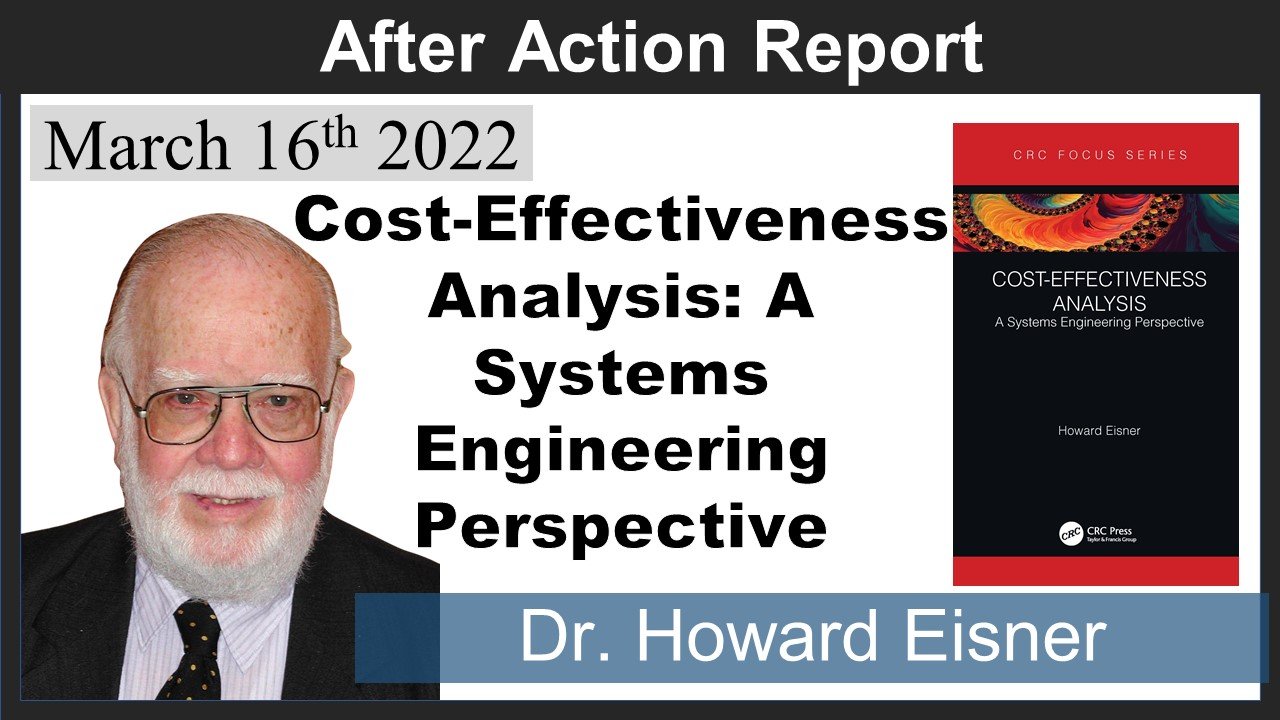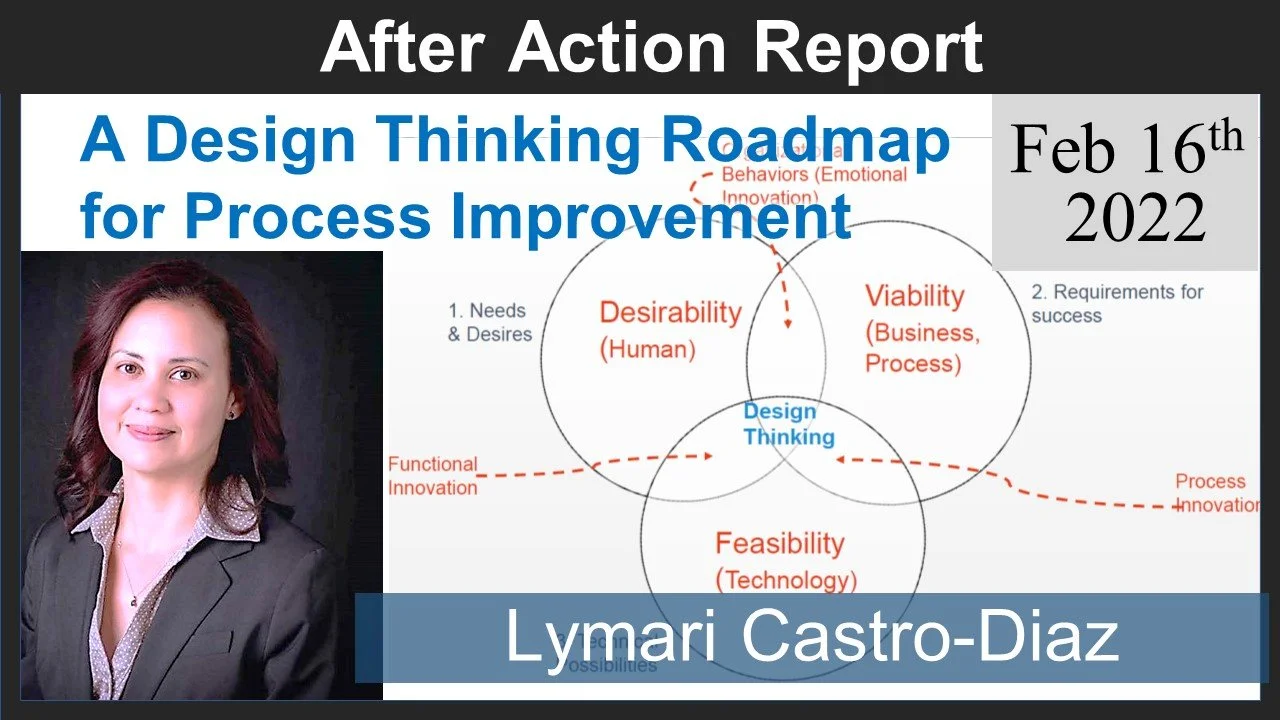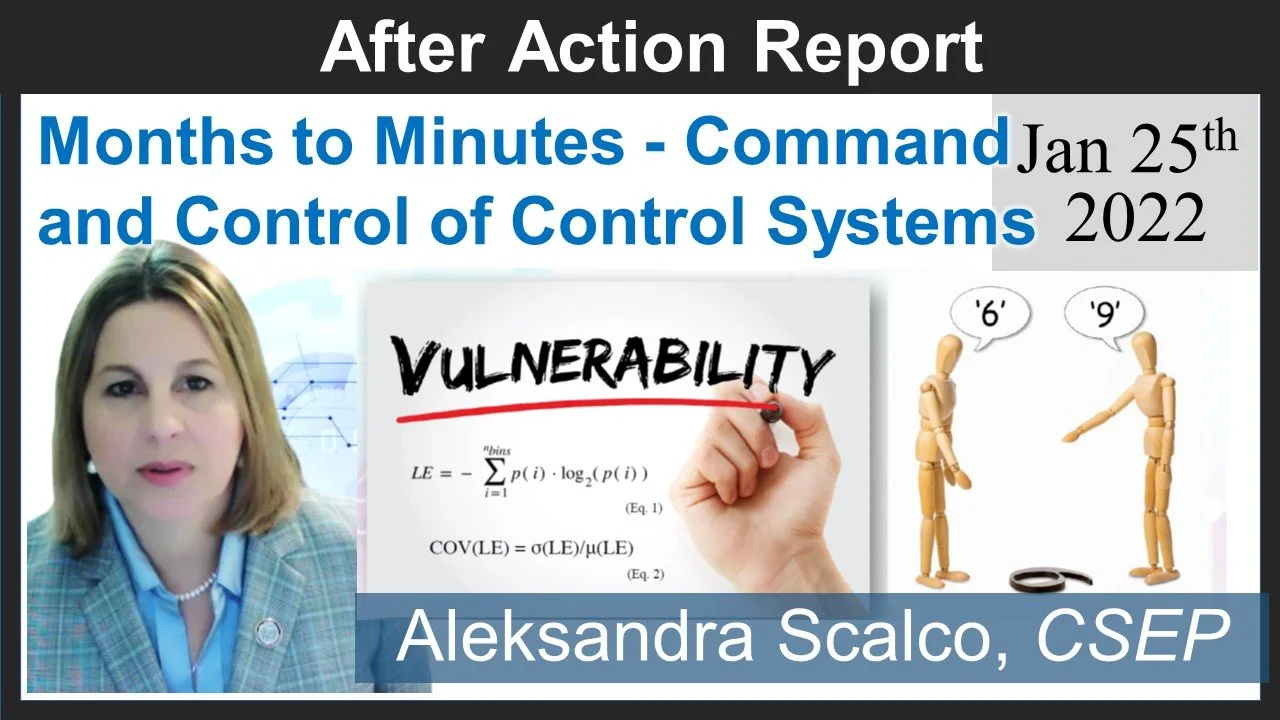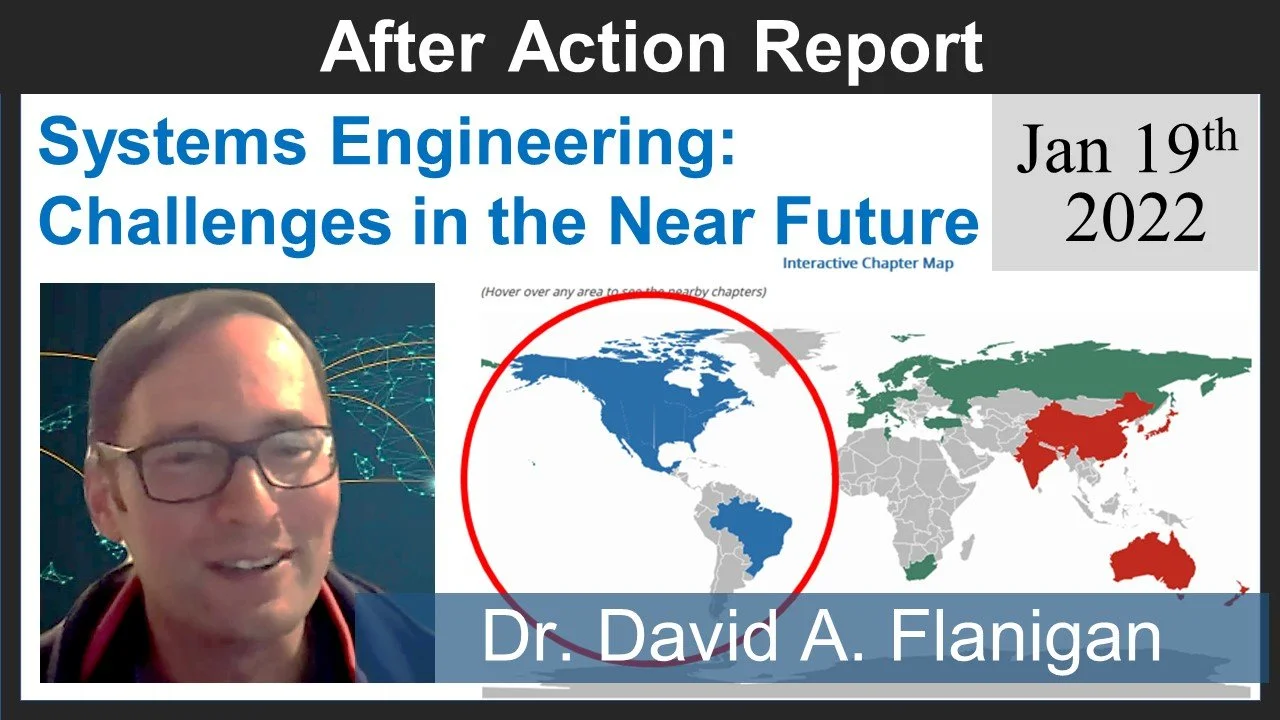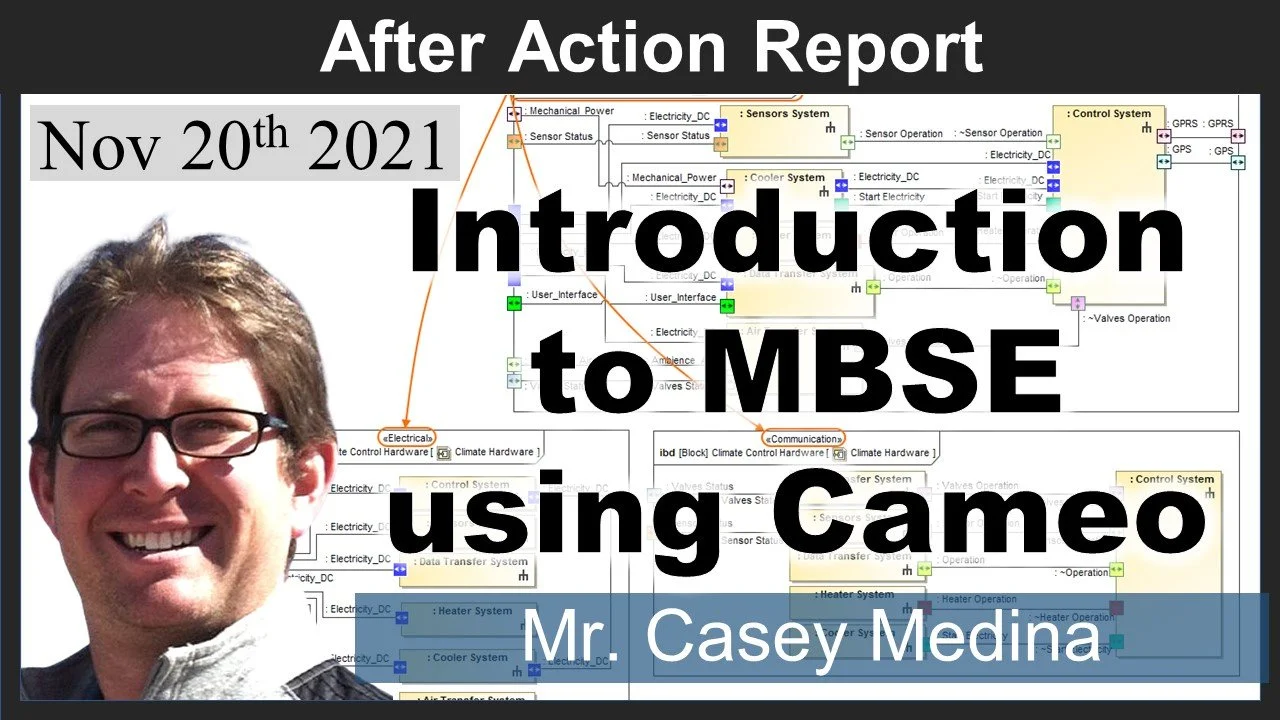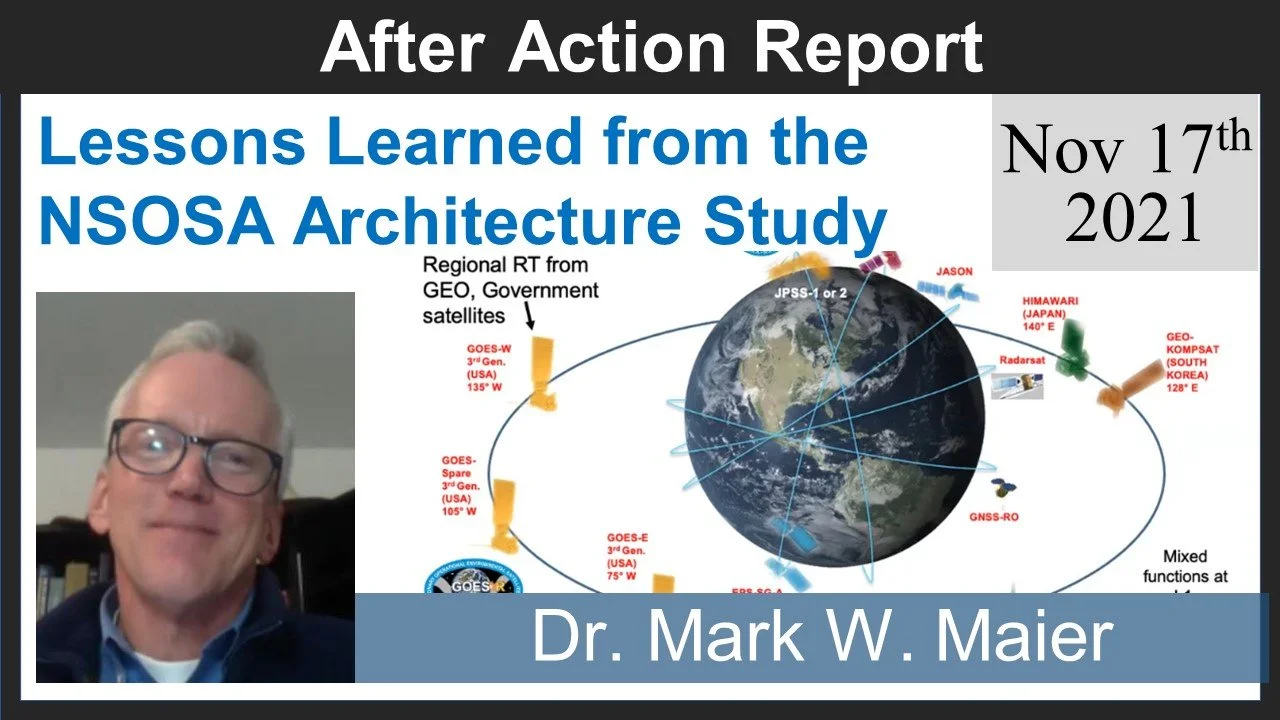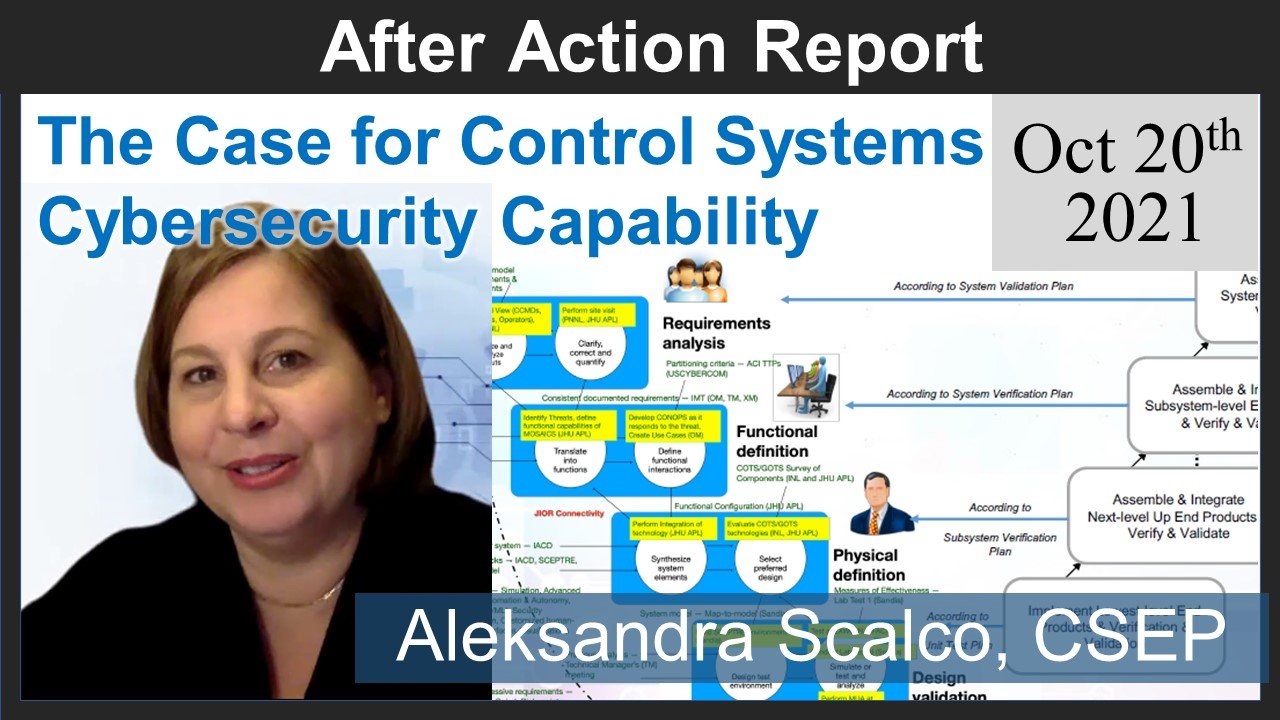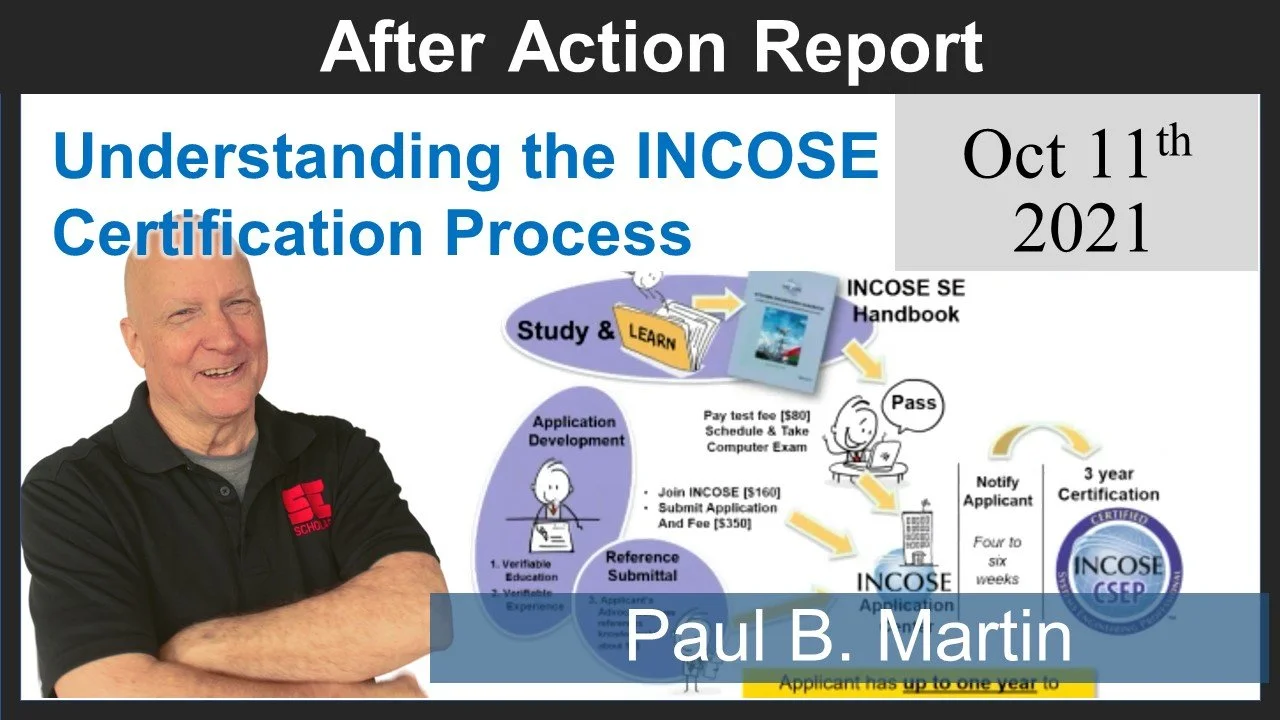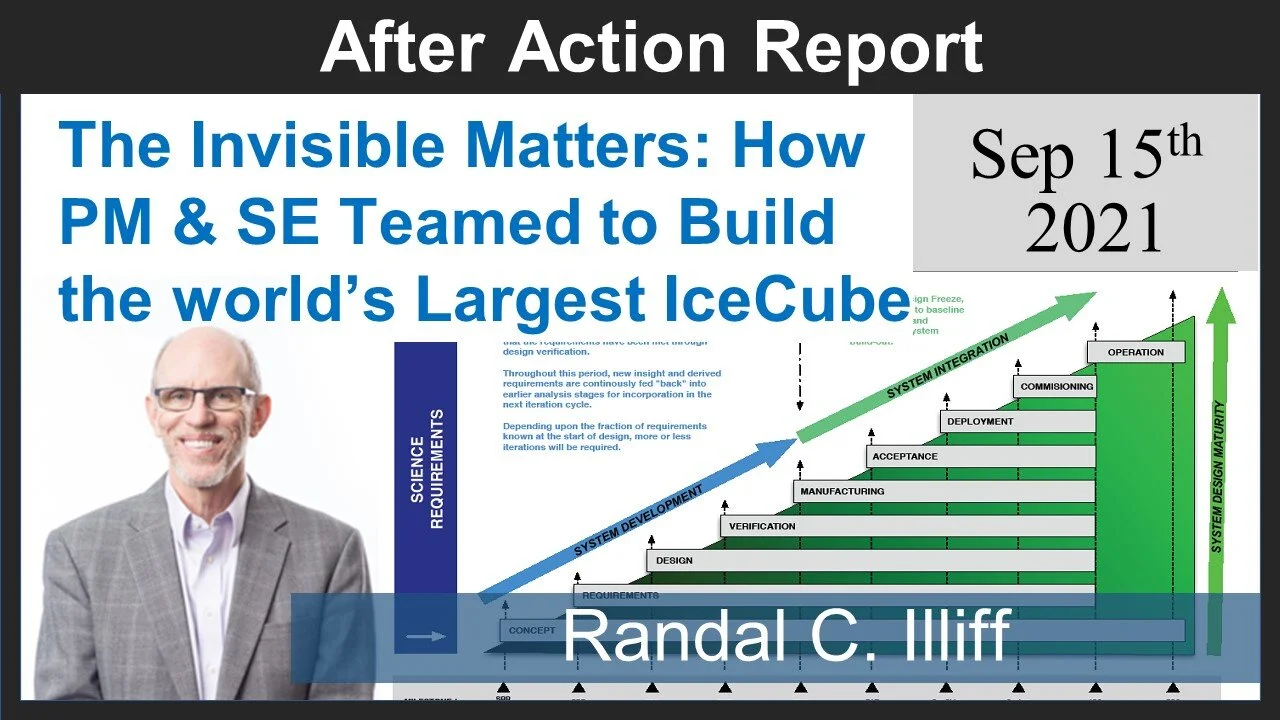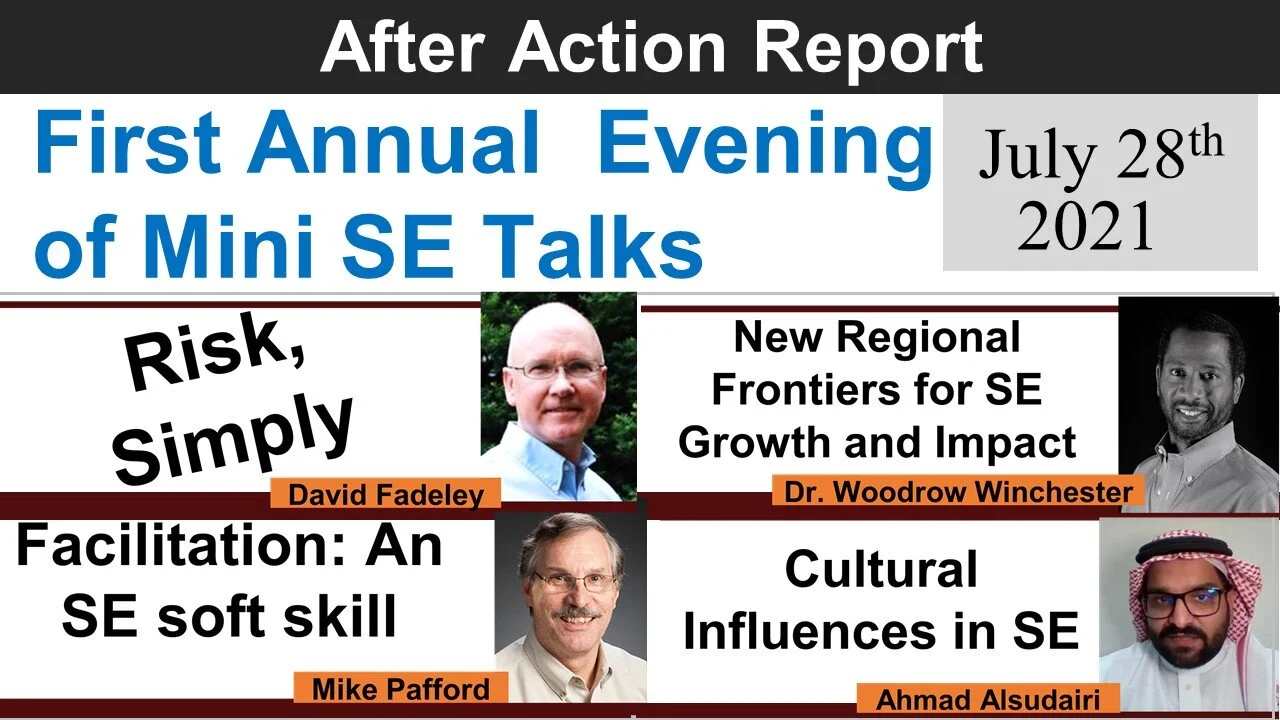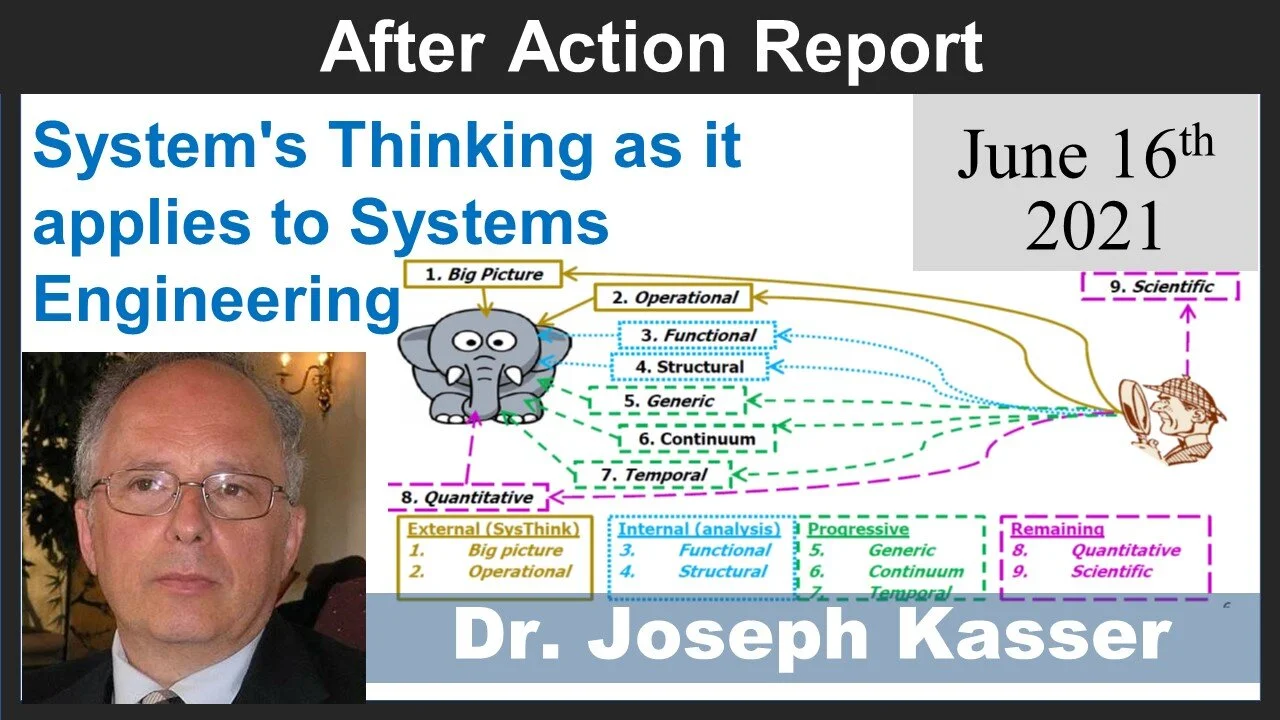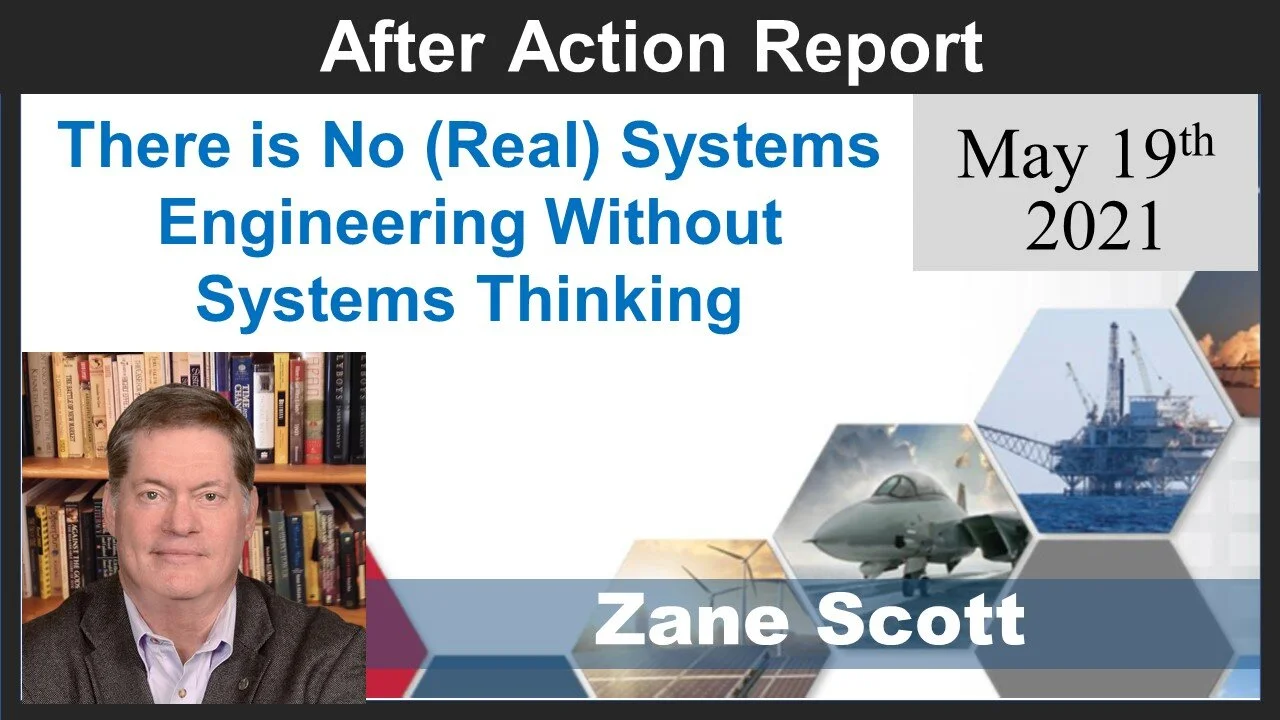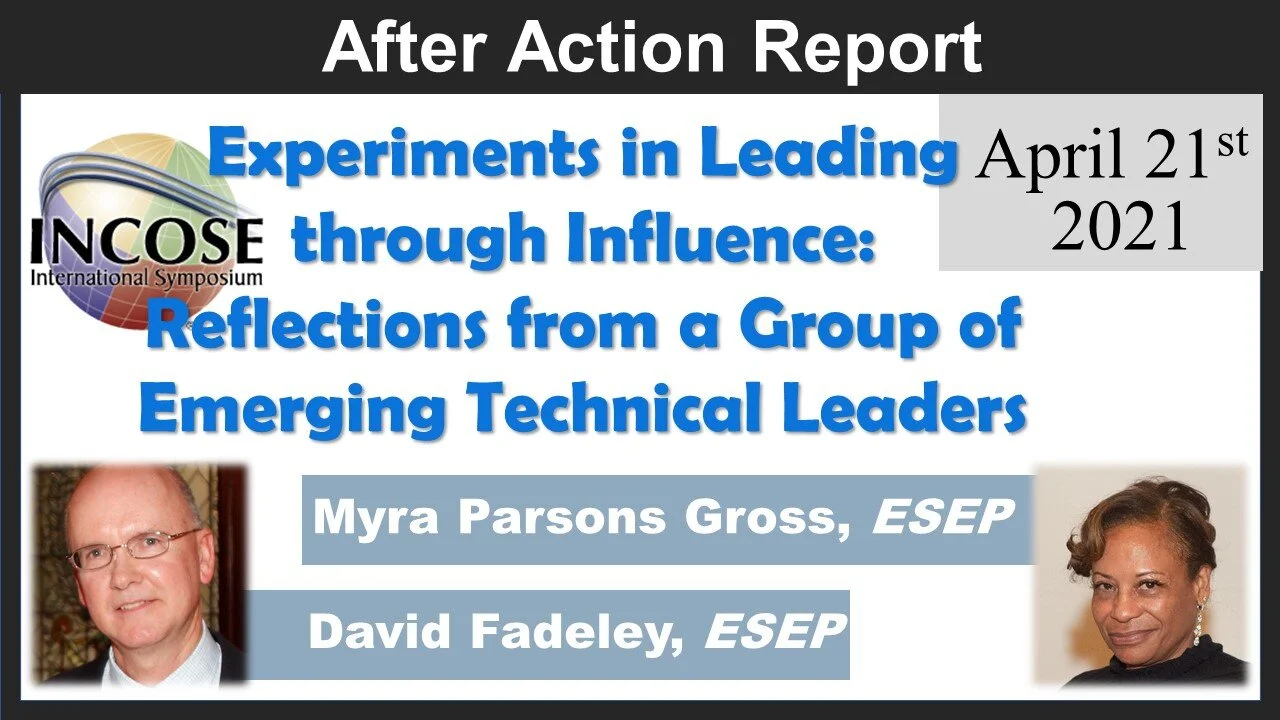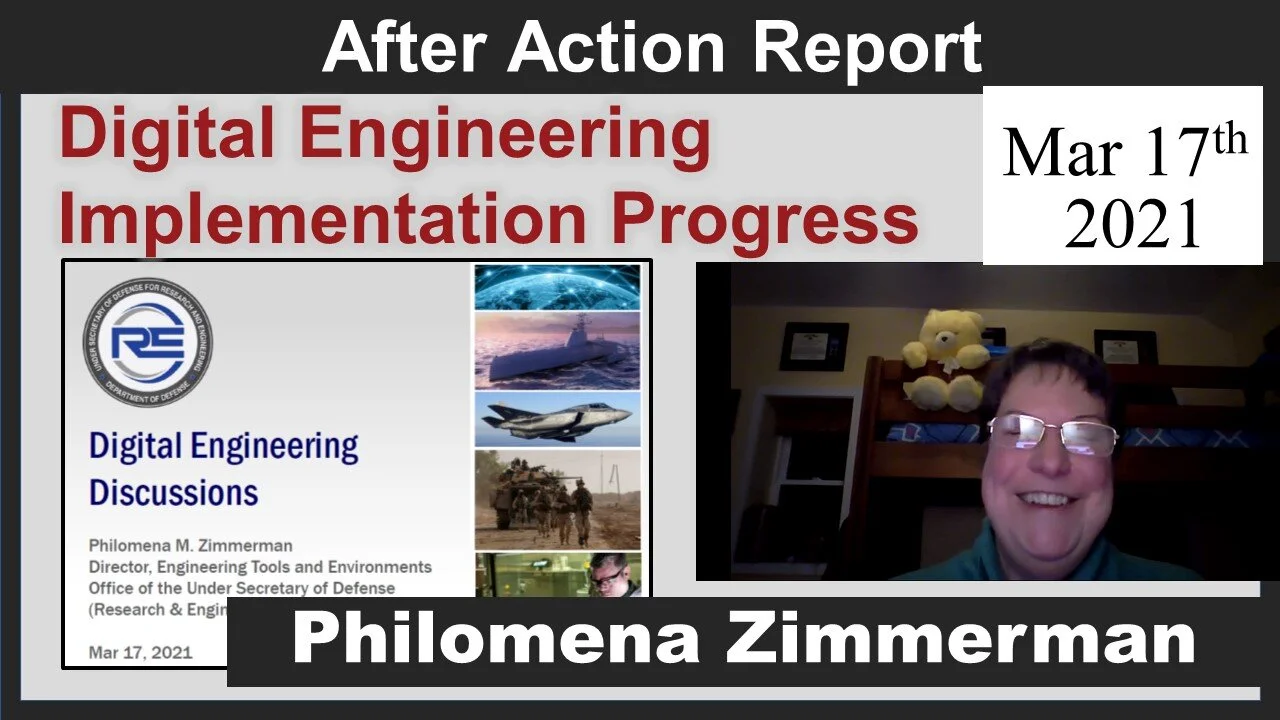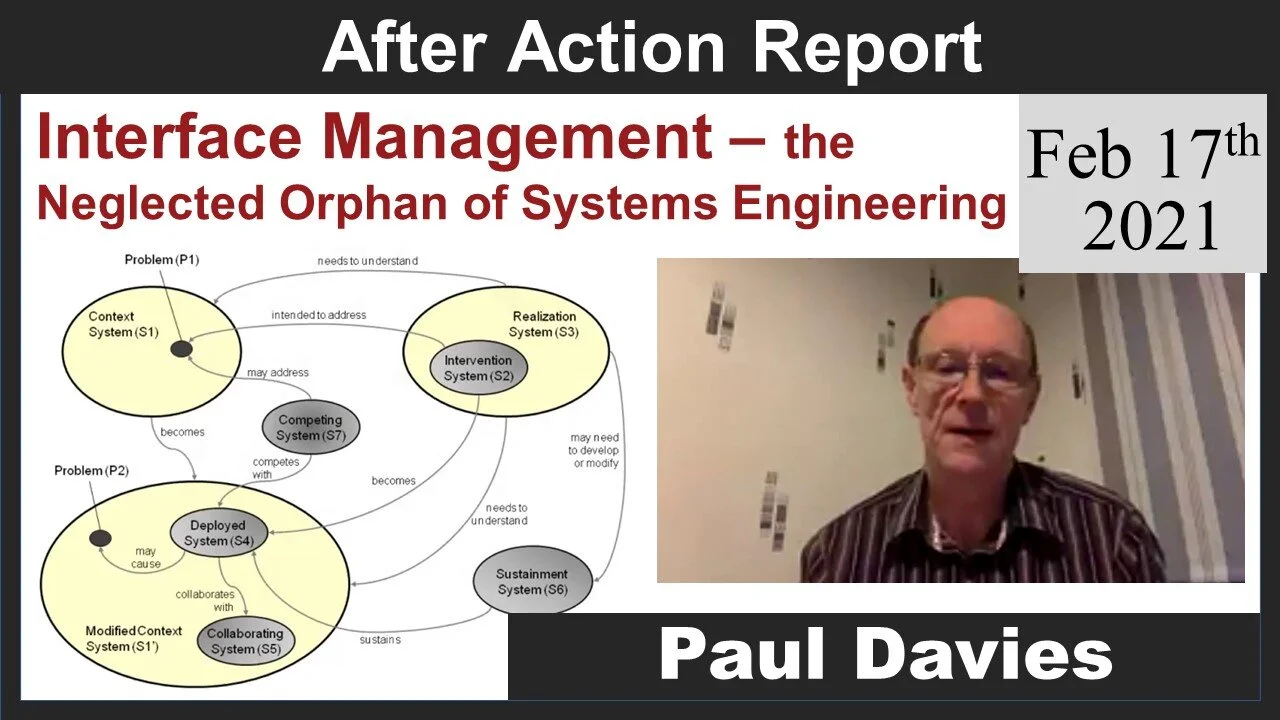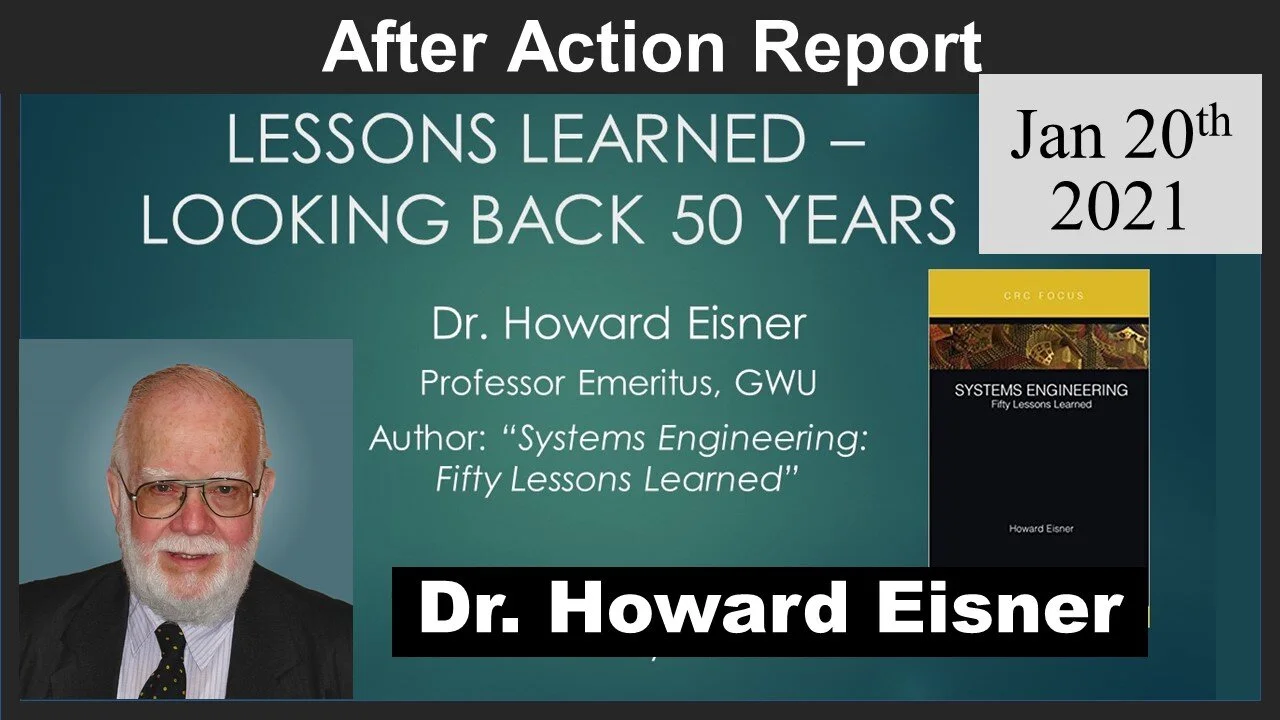Michael Darby, CSEP, of the Idaho National Laboratory provided an overview of how the Mission Thread Analysis approach has been used to evaluate mission resilience. He showed generalized results of additional threat-based scenarios and how the All-Hazard Analysis tool can be integrated with black out exercises to assess how and where alternatives, or courses of action, are needed to ultimately improve the overall mission resilience.
Read MoreIn this presentation, Dr. Eisner explains how Cost-Effectiveness Analysis (CEA) can be used by Systems Engineers who are looking for cost-effective solutions. CEA is a proven method for choosing the best answer from a set of alternatives.
Read MoreLymari Castro-Diaz shares how Design Thinking can be a powerful set of human-centered design techniques that systems engineers can combine with tools such as Lean Startup and Agile to quickly discover problems, and ideate solutions that are feasible, viable, desirable, and provide value to the organization.
Read MoreMs. Aleksandra Scalco, CSEP, explains how disagreements exist among professionals about remediation of control system vulnerability, mainly due to discrepancies in engineering practice, paradigms, processes, and culture. Her presentation introduces a new model and methodology for measuring multi-concern assurance through statistical uncertainty analysis of Likert semantic differential scales.
Read MoreDr. David Flanigan, CSEP, our incoming 2022 Chapter President, discusses how over the last two years, the world has had to adapt to different work and life practices during the pandemic, including our chapter and other systems engineering activities. How do we continue to adapt in the coming year?
Read MoreThe day-long tutorial on a Saturday in November 2021 presented by Casey Medina of Studio SE was a huge success.
Read MoreDr. Mark W. Maier, a Technical Fellow at The Aerospace Corporation, discusses the major lessons learned from conducting a large scale study of its next generation weather satellite constellation architecture. Among the topics discussed are the selection and primacy of value models, the concept of architectures as classes of system alternative, and variance as a measure of significance.
Read MoreAleksandra Scalco, CSEP, Engineer with the Naval Information Warfare Center, uses the Colonial Pipeline ransomware example as a case study for cybersecurity controls' return on Investment (ROI) for critical infrastructure control systems.
Read MoreIn this webinar, Paul Martin, ESEP, CTT+, explained the demanding process of applying to the INCOSE Certified Systems Engineering Professional (CSEP) application.
Read MoreRandall C. Iliff explains how the South Pole is now home to IceCube, the world’s largest and arguably most unusual telescope. Randy shares a true insider’s view of how the power of Program Management and Systems Engineering, working together in a process uniquely tailored for IceCube, enabled all of this to happen. It truly was a rare opportunity to observe the logic, tailoring strategy, and artifacts from one of the most remarkable development programs ever to take place.
Read MorePeter Luckey, a Senior Solutions Consultant at 321 Gang,explains how Systems Engineers play an important role in the execution of Agile development and even more so with the application of SAFe processes. Peter provided how the application of various SE workshops within the SAFe framework accomplish the Systems Engineering that needs to be done in large scale agile development efforts.
Read MoreWe held an evening of "Mini-Talk" sessions - a series of 10 minute brief talks covering a variety of practical topics and ideas on Systems Engineering. Each presented topic was a pre-recorded session played at the event. It turned into a very thought-provoking evening.
Read MoreDr Joseph E. Kasser explains how when systems thinking is applied to systems engineering, the artificial complexity is stripped away, the myths are identified for what they are, and systems thinking is shown to be a powerful tool that is used by many outstanding systems engineers.
Read MoreMr. Zane Scott explains that there must be good, sound engineering paired with solid, intentional systems thinking for us to have a solid foundation for what we do as Systems Engineers. Too many times we take systems engineering to be a process - a checklist of activities we can do that will aggregate to “systems engineering.” Throw in “models” and we get “model-based systems engineering.” Without the understanding and application of fundamental first principles we can walk through the steps of the Systems Engineering processes and miss the real rewards. Mr. Scott explores the first principles of the systems thinking leg of systems engineering.
David Fadeley, ESEP, and Myra Parsons-Gross, ESEP, reflect on a shared learning journey about technical leadership from the perspective of a group of emerging technical leaders.
Read MoreMs Zimmerman discusses the DoD's Digital Engineering Strategy and its implementation as seen by the OUSD(R&E) and explains its challenges and how this concept has added value. The DoD's Digital Engineering Strategy is to promote the use of digital representations of systems and components and the use of digital artifacts as a technical means of communication across a diverse set of stakeholders. The strategy addresses a range of disciplines involved in the acquisition and procurement of national defense systems, and it encourages innovation in the way we build, test, field, and sustain our national defense systems and how we train and shape the workforce to use these practices.
Read MoreEvery interface is an opportunity to lose information, time, control and / or money through contention between stakeholders at either end. There are many issues surrounding Interface management and Paul Davies explores some of the characteristics of this missing material, and strings together some of the key concepts in best practice.
Read MoreDr. Eisner shared a system's engineer's retrospection of lessons to be shared with a future generation. Dr. Eisner has spent a lifetime of practice in the field of systems engineering. This lecture provided a "look back" over his 50-year career with his advice offered to the future generation of Systems Engineers.
Read More

